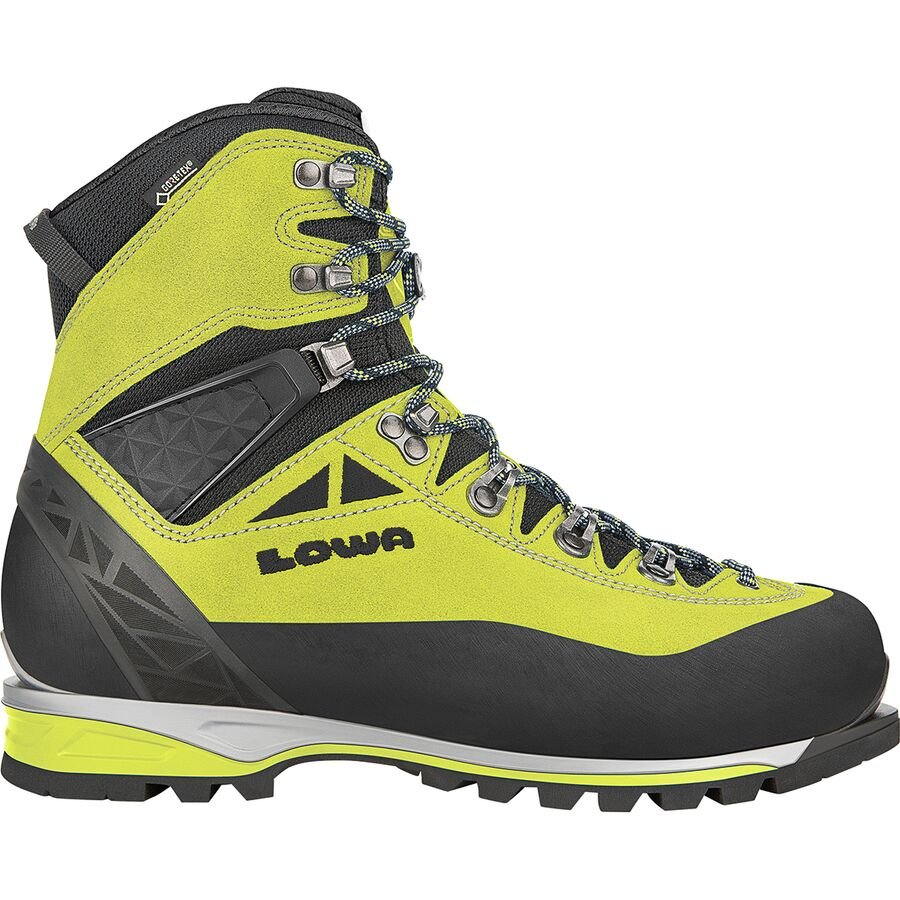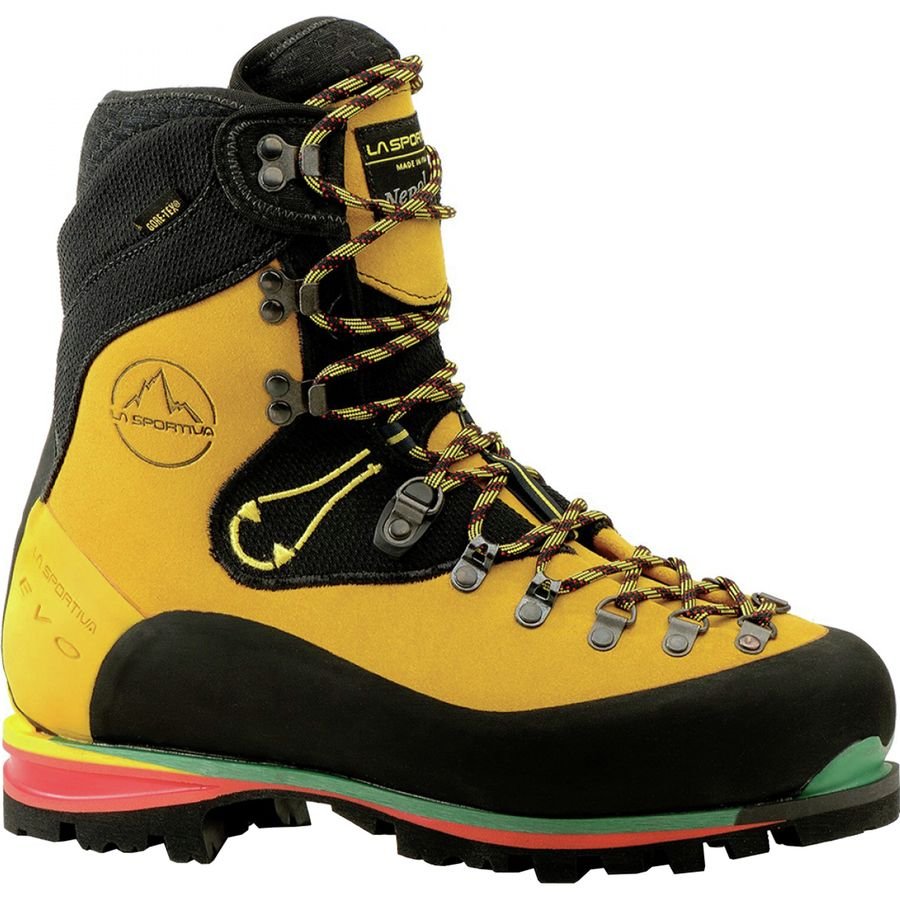You may have seen some people wearing sneakers on the trails or even on the summit of a mountain.
You may have wondered if you can do the same and save yourself the hassle of buying and carrying specialized mountain climbing boots.
After all, sneakers are light, flexible, and comfortable, right?
Wrong. Sneakers are a bad idea for mountain climbing, and here are some reasons why:
Sneakers lack traction and stability
One of the most important features of mountain climbing boots is their ability to grip the terrain and provide stability for your feet and ankles.
Mountain climbing involves walking on uneven, rocky, slippery, or snowy surfaces, which require a lot of traction and support.
Sneakers, on the other hand, have smooth soles that are designed for flat and smooth surfaces, such as pavement or grass.
They do not have enough grip or tread to handle the rough and unpredictable terrain of a mountain. This can lead to slips, falls, injuries, or worse.
Moreover, sneakers do not offer enough stability or protection for your feet and ankles.
They are usually low-cut and flexible, which means they do not cover or support your ankles well.
This can result in sprains, twists, or fractures if you step on a rock or a hole wrong.
Sneakers also do not have enough cushioning or shock absorption to protect your feet from the impact of walking on hard and jagged surfaces.
This can cause blisters, bruises, or even stress fractures.
Sneakers are not waterproof or breathable
Another essential feature of mountain climbing boots is their ability to keep your feet dry and comfortable in different weather conditions.
Mountain climbing can expose you to rain, snow, mud, streams, or puddles, which can wet your feet and make them cold and miserable.
Wet feet can also lead to fungal infections, such as athlete’s foot. Sneakers are usually made of fabric or mesh materials that are not waterproof or resistant to water.
They can easily get soaked and take a long time to dry.
On the other hand, mountain climbing can also make your feet hot and sweaty, especially in warm weather or high altitudes.
This can cause discomfort, odor, or blisters. Sneakers are not very breathable either, as they trap heat and moisture inside.
They do not have vents or membranes that allow air circulation and moisture wicking.

Sneakers are not durable or adaptable
A final feature of mountain climbing boots is their durability and adaptability.
Mountain climbing boots are made of tough materials, such as leather or synthetic fabrics, that can withstand wear and tear from rocks, branches, dirt, or snow.
They also have reinforced toes and heels that protect your feet from bumps and scrapes.
Sneakers are more prone to ripping, tearing, or falling apart after a few uses on the mountain.
Additionally, mountain climbing boots are adaptable to different types of terrain and activities.
They have removable insoles that you can adjust according to your foot shape and arch support needs.
They also have laces that you can tighten or loosen depending on your preference and comfort level.
Some mountain climbing boots even have crampon compatibility, which means you can attach metal spikes to them for extra traction on ice or snow.
Sneakers do not have any of these features that allow you to customize them for your specific needs.
How to choose the best mountain climbing boots?
Now that you know why sneakers are a bad idea for mountain climbing, you may be wondering how to choose the best pair of mountain climbing boots for your adventure.
Here are some tips to help you:
Consider the type of mountain climbing you will be doing
There are different types of mountain climbing boots for different purposes, such as hiking boots, backpacking boots, mountaineering boots, or approach shoes.
Choose the one that matches your activity level, terrain difficulty, and load weight.
Choose the right size and fit
Your mountain climbing boots should fit snugly but comfortably on your feet. They should not be too tight or too loose.
You should be able to wiggle your toes but not slide your feet inside. You should also try them on with the socks you will be wearing on the mountain.
Break them in before you go
New mountain climbing boots can be stiff and uncomfortable at first. You should wear them around the house or on short walks before you take them on a long trip.
This will help them mold to your feet and prevent blisters or injuries.











